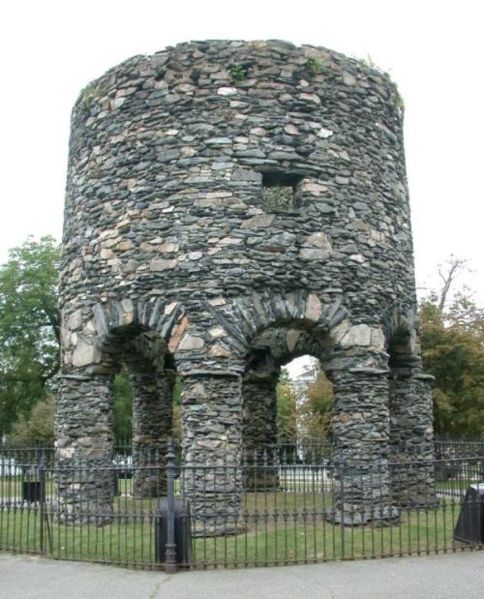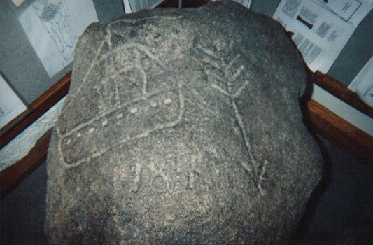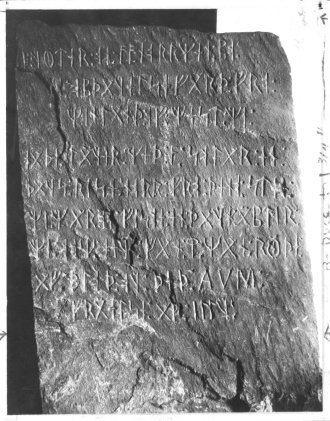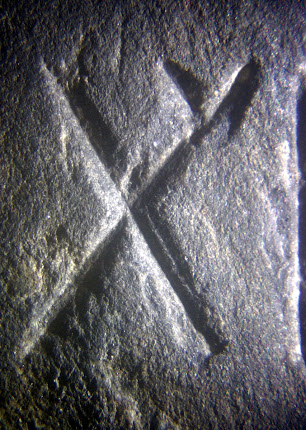
For those who have read "Cabal of the Westford Knight," much is made at the end of the book of the possibility that the Tetragrammatron (the 4-letter Hebrew name of God which most know as Yahweh) may be a feminine word. This dovetails with the theory that the Knights Templar may have run afoul of the Church during medieval times because they believed in and worshiped the "feminine" aspect of the Godhead and rejected the strict patriarchal Church teachings. See the attached image, taken at Notre Dame Basilica in Montreal by Tim Suess, showing what appears to be the Tetragrammatron inside a triangle, framed by rays of light commonly denoting divinity. This image is directly overhead in the pulpit in the middle of the nave. Upon closer inspection, the Tetragrammatron is actually a Trimgrammatron, with the first letter ("Yud" in Hebrew) omitted. Without the "Yud," the word reads "Chava"--or "Eve" in English. Importantly, this Basilica is believed to have been built by Colonial-era followers of the Templar traditions. Could it be that the Basilica's Templar builders purposely portrayed the divine in a feminine form?





No comments:
Post a Comment